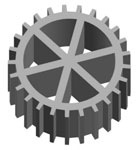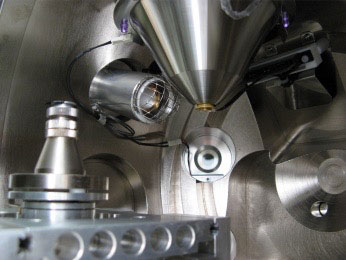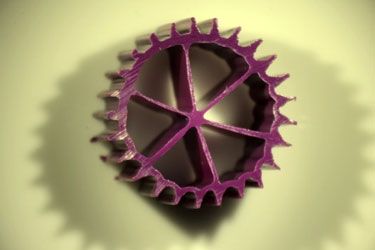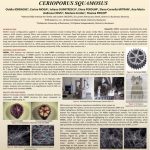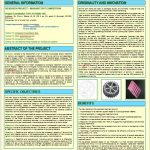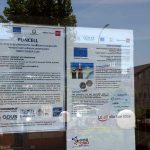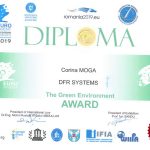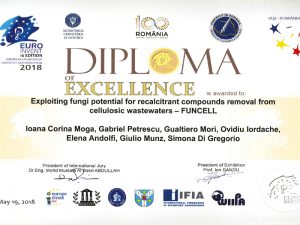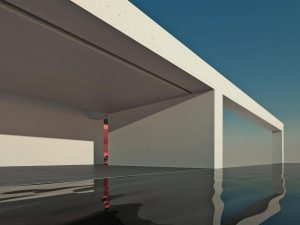General Info
Project financed by ERA-NET COFUND MANUNET-III-2017
For the Romanian partners the project is funded by U.E.F.I.S.C.D.I. – www.uefiscdi.ro
For the Italian partners the project is funded by Regione Toscana – www.regione.toscana.it
Acronym: FUNCELL
Contract no — for Romanian partners: 21/01.06.2018
Domain: Manufacturing technologies for environmental and energy applications including resource efficiency and recycling



